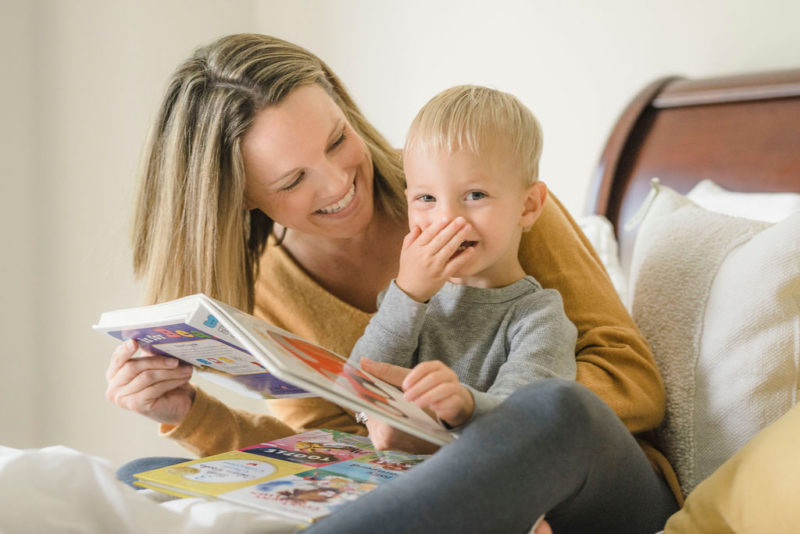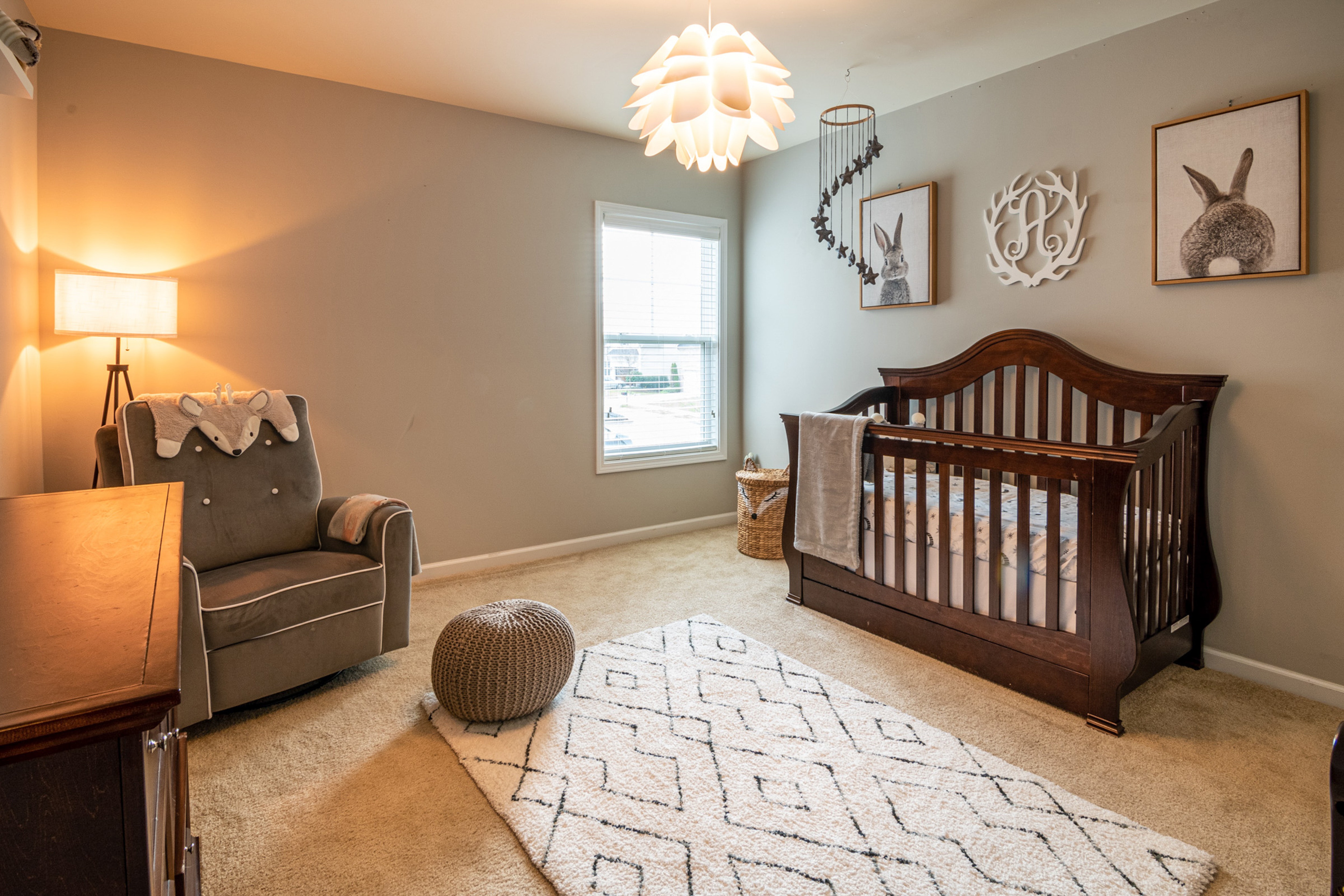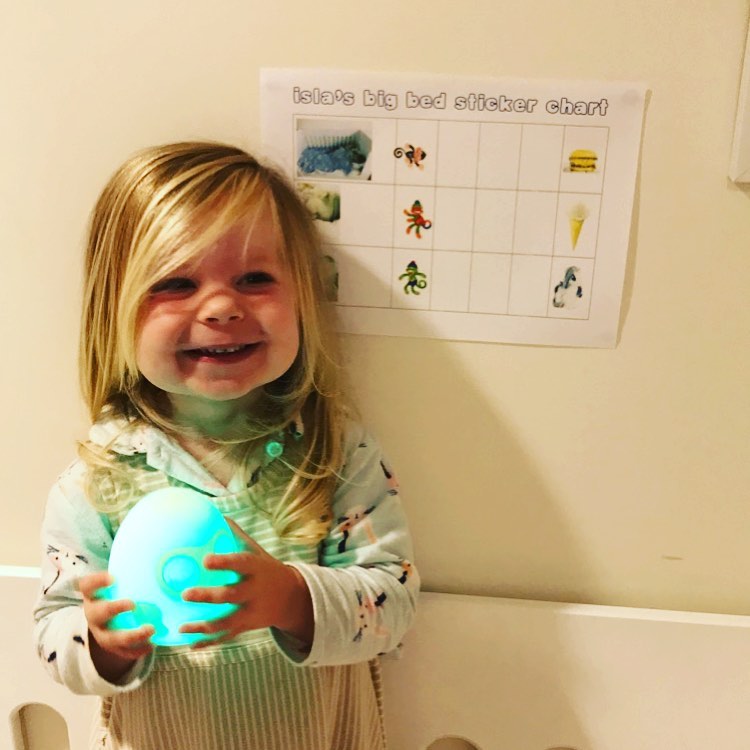As with many things in parenthood, separation anxiety can pop up at surprising times and in unexpected ways, and it often looks vastly different child to child. We are going to see this more and more as we come out of (and back into and then out of) social distancing with the pandemic. What will it look like?
Some little ones become hysterical when a parent is merely stepping out of the room, while other children exhibit anxiety mostly at times like drop-off through infancy or toddlerhood. Still others may not seem to have much anxiety around separations at all.
So what causes separation anxiety, and what can we do about?
The thought process, it would appear from an child’s perspective, is simple:
“Mommy’s not in the room.
Therefore, Mommy is somewhere else.
I would prefer to be there with her or for her to be here with me.
Make that happen, or mark my words, I shall raise the most unimaginable of ruckuses!”
As parents, those ruckuses leave us to question, “Am I doing something wrong?” The short answer is no. Even though we are often told within minutes of our departure that our children are calm and off to playing, the tears and protest can leave us feeling just as upset as our children, but it truly doesn’t need to be cause for concern.
Let me be clear that separation anxiety is entirely normal, and it can be a sign of meaningful attachment (though if your child isn’t crying when you leave, do not mistake that to mean you are not healthily attached). Separation anxiety typically starts to occur when your little one begins to realize that you (and other things) continue to exist even when not in sight. It’s a cognitive milestone known as “object permanence,” which is defined as, “the understanding that objects continue to exist even when they cannot be observed.” The concept of object permanence is a completely typical part of development. Once a baby realizes that a parent is gone (from the room, from the house, from the situation at hand), it may cause some unsettled feelings. In other words, out of sight no longer means out of mind to a little one’s brain, and that can initially be worrisome as he or she navigates the newness of that experience. Some babies may display object permanence (and thus signs of separation anxiety) as early as 5 months, but it is much more common (or at least more noticeable) around 9 months and beyond. Even infants that skip demonstrating much separation anxiety in infancy can experience it in toddlerhood, commonly around 15 to 18 months. Toddlers’ awareness of times of separation grows as they get older, so behaviors can become more drastic at those transition times.
As the world begins to re-open from the past several months of sheltering in place due to COVID-19, we can expect our children to have a more difficult time adapting to being around other people and in new places again. Re-adjusting to daycare, school, play dates, babysitters, etc. is a huge change from the life we’ve experienced as of late! No matter when or how signs of separation may exhibit in your little one, there are a few ways you can help prevent the issue from being a lingering negative part of your day.
1: Lead by Example:
Your little one follows your cues, so if you’re not willing to let her out of your sight, she probably — albeit subconsciously — feels like she is not safe if you’re not in the room. Thus, designate a room where your children can explore a little and play without your direct supervision at all times. It’s a small adjustment, but it has a tremendous effect. We aren’t talking about hours at a time, but rather, small increments each day when your infants or toddlers can be in a safe space independently to become familiar with being without a parent’s presence.
2. Don’t Avoid It:
Learning about separation and reunion is an important milestone, so don’t just take the path of least resistance and stay with your child 24/7 until they’re seven years old. (It happens. Believe me.) When it is time to go separate ways for a short time or for the whole day, let them know that it’s okay for them to get upset when you leave, and reassure them that you’ll always come back. If there are some tears around it, that’s alright. This is an important concept that they need to get on board with, and it will serve them well to be well-adjusted to the idea.
3. Think About Using a Transition Item:
When you leave, it can help your little one to hold onto something that is familiar. This can be a little blankie, stuffed animal, or even the Ooly! Allow your child to hold onto this for awhile before you leave and then make sure they have it during the separation. Let your child know that if he starts to miss mom or dad, you can feel him giving that item a hug.
4. Start Slow:
Once your little one has started to demonstrate the understanding that they’ll be spending some time with someone besides a parent, make it a short outing. Don’t plan on dinner and a movie or an overnighter for the first few attempts. Build stamina so that your child can learn that you will come back!
5. Start with Someone Familiar:
Kids typically do a little better being left with a grandparent or family friend who they’ve already spent some time with, and thus, someone they’ve grown to trust a bit. When initially planning to leave your little ones, call in a favor, put some wine in the fridge, and plan to spend an hour away from the house for the first few attempts. Especially for parents that stay home with little ones during the day, keep in mind that your children are not used to being in others’ care, so it is a great thing to practice every now and then.
6. Stick Around for Awhile:
After your sitter, parent, friend, or whoever is watching your little one arrives, plan to hang around for a half hour or so. Seeing that this is someone you’re familiar with will go a long way in reassuring your child that they’re “good people” and worthy of their trust. (Keep in mind that the opposite tends to be true at situations like DAILY daycare drop-off. If leaving is a routine part of your week, have a clear, consistent, concise routine in place because predictability for your child is going to be most helpful. In those situations, repeat a short, attentive goodbye ritual to comfort and reassure the child each day, but do NOT change course because of a child’s reaction to your impending absence. Your follow-through, especially in returns of coming back when you say you will, allows this process to improve without increasing anxiety for children. Children build security through our calm and consistent responses.)
7. Face the Music:
Many of us have, at least once, attempted to distract our toddlers and then sneak out the door without saying goodbye. After all, it’s the goodbye that provokes the reaction, right? But even if it provokes some tears, it’s important for your child to understand that you’re going to leave sometimes, and that you’ll be back when you say you will. If your child is cognitively aware enough to understand regular parts of the day, instead of telling them how long you’ll be gone, tell them when you’ll be back in regards to their schedule (i.e. after nap time, before bed, after dinner, before bath time, and so on).
8. Set Your Children Up for Success:
When children are hungry, tired, or not feeling well, separations tend to be more difficult. Toddlers especially will be louder, more tearful, and more challenging to calm if they’re not feeling their best, so do your best to convey your child’s typical routine and needs to make it less traumatizing for you, your little one, and the caregiver.
Lastly, remember that this isn’t going to last forever. You likely won’t be dropping your middle-schooler, prying him or her off your leg through tears. In fact, it is quite rare for separation anxiety to persist on a daily basis beyond the preschool years once a child has become familiar with an established place and a consistent routine. If your little ones’ adaptations to environments that should already be familiar by now are not improving, your pediatrician is a great resource to chat with, as he or she has undoubtedly helped support families in similar situations. Calm your own fears regarding separations so that when your child looks to you for ease and security, you feel able to provide it authentically. There are times for all humans, even us as adults, when separating from someone or something familiar can bring up feelings of worry or anxiety (think of moving to a new house or new town away from current family/friends, starting a new job, graduating to move on to the next stage of life, etc.). The point is that feelings of unease come and go, and the same will be true for our kids. Sometimes, even good, comforting things have to end (albeit often temporarily for our children since we will be back in a matter of just minutes or hours), but there are great things to be discovered in those times too.
“You’re going to miss this… yes, even this” an experienced mother once told me as I hugged my sad little guy goodbye. So now, if my little ones start to panic momentarily as I prepare to leave, I make sure they have everything they need, give them each a big hug, reassure them of my return, and do my best to remember that even the tearful moments may be worth missing someday.
###
Ooly – More sleep for the whole family.
Put an end to your child’s bedtime battles, nighttime awakenings, and early morning wake-ups.
Visit our website
www.novo123.com/ooly
###






